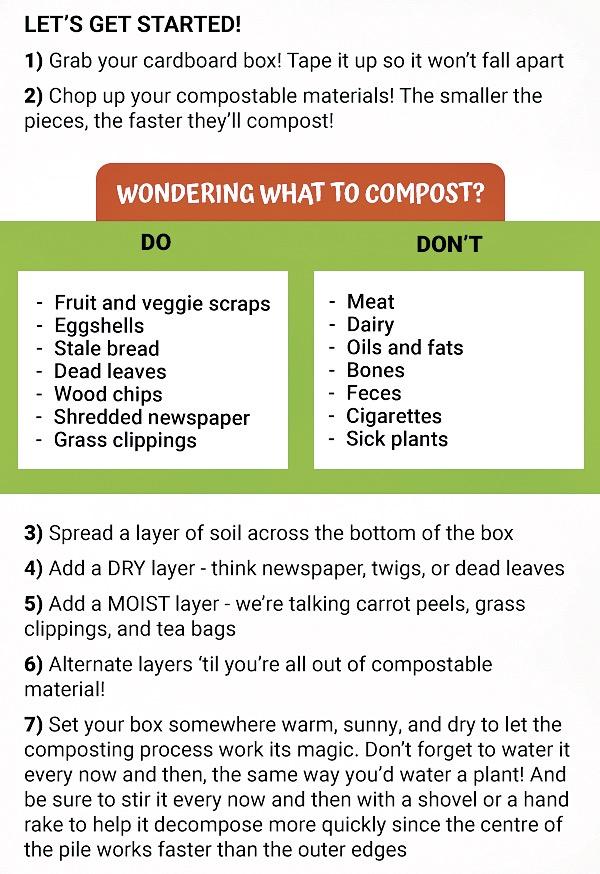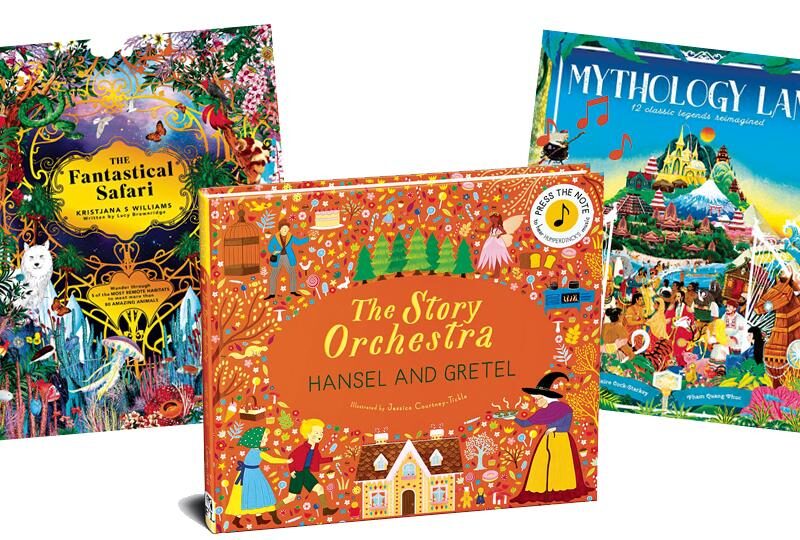
Eco Activities to Prevent Summer Learning Loss
Words by Joe McMahan
Summer break is traditionally known as a chance for kids to get outside, enjoy the sunshine, and keep active. But have you ever thought about keeping their brains stimulated? Students can lose 25 to 50 per cent of school-year learning gains during the summer months, so it’s important to keep them engaged with fun, interactive activities.
According to a recent survey, 90 per cent of parents feel they have a responsibility to teach their kids how to be eco-friendly.
To support this, Maple Leaf Foods and the kids’ conservation organization Earth Rangers have teamed up to provide activity ideas that will inspire kids to live more sustainably while protecting against learning loss:
Create a DIY Compost

Nearly half (47 per cent) of Canadians want to learn how to build their own compost, and that’s great news for the planet! Composting is a natural process where organic materials such as food scraps, yard waste, and paper products decompose over time, creating a nutrient-rich soil called compost. All you need to get started is a cardboard box, tape, peat-free soil, newspapers, and compostable materials like vegetable scraps, coffee grounds, and eggshells. By composting, we can reduce the amount of waste sent to landfills, kick-start our garden with nutrient-rich soil, and reduce the need for chemical fertilizers.
Conduct a pH-Level Investigation
Healthy soil stores carbon and increases biodiversity both above and below ground. It impacts the quality of our food, protects nature, and even cleanses the air we breathe! Determine if your soil has enough good nutrients by conducting a pH-level investigation. Dig up a small portion of dry soil from your DIY compost and put it into a mason jar. Add a few drops of vinegar and a pinch of baking soda to your soil; if it fizzes, the soil is basic/alkaline and may be lacking nutrients. Mixing in mulch and compost is a great way to strengthen your soil.
Make a Rain Gauge
The flowers in our garden and the green grass at the park love to soak up rainwater. Rainwater contains more nitrogen and oxygen compared to regular tap water. Make a rain gauge to see how much water plants and grass receive when it rains. Grab a clear plastic container and place a ruler on one side of the container. Place the container outdoors where it can easily catch rain. Check the container each day and record how much rain your gauge collects. If you record about 2-3 centimetres of rainwater, your plants are hydrated and ready to grow!
For full details and instructions on how to take part at home, visit EarthRangers.com.





